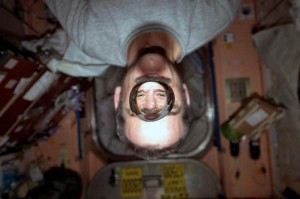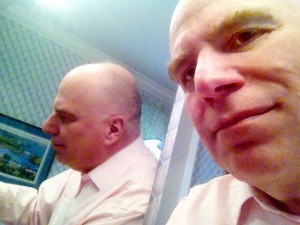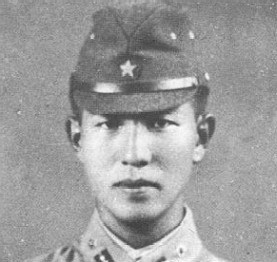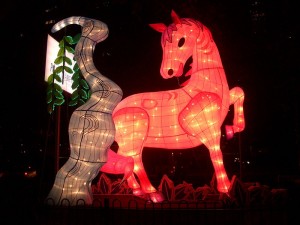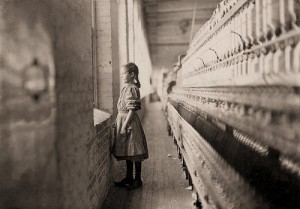When I posted last Wednesday about the now famous Mars rock, I thought that was it. But, the plot thickens, as they say. So I could not resist picking up the story. Astrobiologist, Dr. Rhawn Joseph, is no suing NASA and its administrator Charles Bolden in the hope of compelling them to look into this rock further. He believes that there is a biological explanation and wants that pursued.
According to NASA’s Principal Investigator on the Rover Mission, Steve Squyres, it is a rock. But Joseph suggests that the object resembles a “mushroom-like fungus” known as an apothecium. He also presents evidence that far from just appearing mysteriously in the NASA photograph, the object actually was present in the earlier picture and essentially grew in the field of view. Joseph suggests that:
[S]pores were exposed to moisture due to changing weathering conditions on Mars. Over the next 12 days these spores grew and developed into the structure depicted… The evidence is consistent with biological activity and suggests that life on Mars may have been discovered. However, in the absence of moisture, biological specimens such as Apothecium will dry out, turn brittle and break apart and this appears to be the condition of the structure as depicted.
NASA says that they are continuing to investigate the phenomenon and point out that they would be more excited about finding definitive evidence of life on Mars than just about anyone. But the evidence would need to be definitive.
I am not quite certain what the photography moral to this story is. Photography has caused this controversy. Does it merely tie in with the concept of imagined similarities aka pareidolia, or is there something more. Photography invariable presents only limited information and only part of a story. One thing for certain is that NASA has the instrumentation, spectrographs etc, to definitively determine whether this is animal or vegetable

